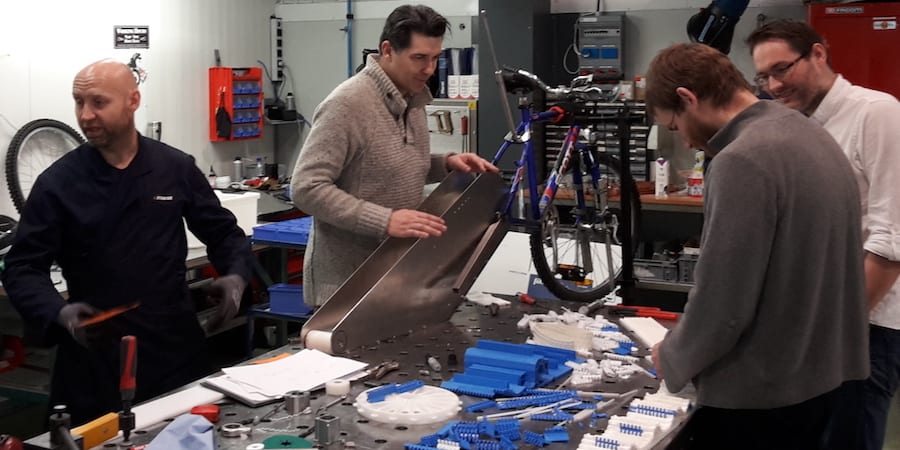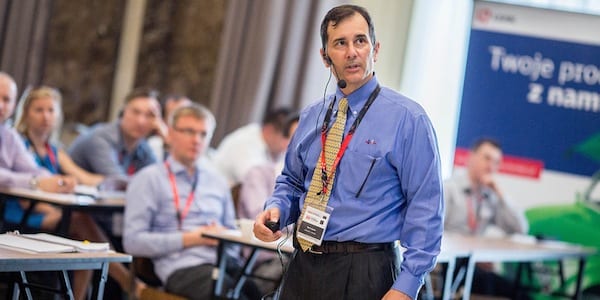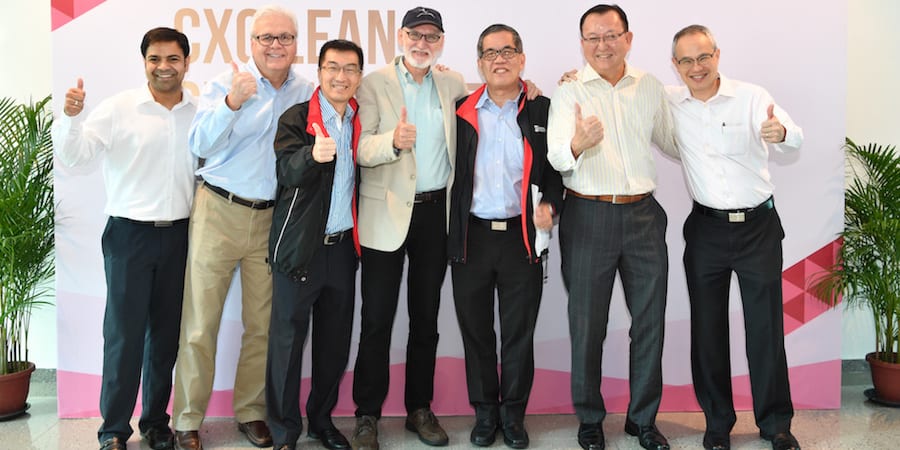
Coaching is necessary to establish a problem solving culture
FEATURE - All too often, A3 thinking is perceived as a prescriptive approach rather than a series of questions that progressively deepen our understanding of a situation. So what is problem solving really about? And how do we ensure it takes root across the organization?
Words and copyright: Steve Bell & Karen Whitley Bell, co-founders, Lean IT Strategies
"It was the best of times, it was the worst of times..." Charles Dickens, in his classic novel A Tale of Two Cities, invites us to consider duality, and how environment and circumstance greatly affect our perspective.
In our experience, A3 can be viewed with its own duality. In the best of times, engaging in an A3 experience can lead to richer understanding of a problem, and countermeasures that address root causes. In the worst of times A3 can be a death march through a checklist – a required exercise, often a veiled effort to justify a pre-determined conclusion or action. We've also seen A3 become a misguided competition: "which team can produce the most A3s" rather than "which team can solve the problems that result in the greatest value for our customers".

Whether A3 thinking is a framework that enables deeper thinking, or a form that is, itself, wasteful, depends on how your leadership, and you, view and use it. Consider an ancient woodcut of a Zen master pointing his finger at the moon – the A3 form is the finger, the problem solving mindset and process is the moon.
A3 problem solving, viewed as an elaboration of the PDCA problem-solving approach, works in every situation. It's a pattern, a kata, a practice, based on the PDCA scientific method. But each problem and situational context is unique, so it's unrealistic to expect a specific form to work in every case. In fact, it's best not to think of A3 as a form at all. Instead, think of A3 as a line of inquiry, posed as a series of progressive questions designed to invite disciplined, fact-based investigation and deeper, often creative, reflection.
A good way to understand the A3 process is by reading John Shook's Managing to Learn. This is the story of a coach and a learner, cleverly demonstrating how the problem solving process unfolds as the learner learns to overcome his blind spots. And yes, John provides a useful template for a general problem solving A3 that we often share in our leadership workshops, and leaders can start using the practice right away.
But there's more – A3 problem solving can scale, from the smallest problem at the front lines to enterprise strategy at the executive level, connecting the dots in a clear and transparent way. This is the essence of strategy deployment, also known as hoshin kanri. So there's a great deal of diversity and scale when it comes to solving enterprise-wide problems.
In his upcoming book Art Smalley explains that there are four distinct problem types: troubleshooting, gap from standard, target setting, and innovation oriented, going from tactical to strategic context. Each requires a subtly different approach.
In addition to Managing to Learn, there are other respected works on A3 and problem solving, and each offers a variety of formats for various purposes:
- Understanding A3 Thinking: A Critical Component of Toyota's PDCA Management System, by Art Smalley and Durward Sobek
- Hoshin Kanri for the Lean Enterprise: Developing Competitive Capabilities and Managing Profit, by Thomas Jackson
- Getting the Right Things Done: A Leaders Guide to Planning and Execution, by Pascal Dennis
- Toyota Kata: Managing People for Improvement, Adaptiveness and Superior Results, by Mike Rother
Is it a problem that these offer apparently competing forms for problem solving? Not at all. Lean is not a prescriptive, fill-in-the-blanks method, whether it's problem solving, value stream mapping, or any other practice. Lean thinking requires the right mindset, which is iterative learning through experimentation. To conduct a proper experiment, you need to define the problem and understand why it's important, ask the right questions, formulate a valid hypothesis, design an experiment to measure the hypothesis, conduct the experiment, then reflect and learn from the result. Rinse and repeat. That's the PDCA practice/pattern.
So the key lesson to learn is that we must go beyond a particular prescriptive form, and get to the underlying meaning of the problem solving process. This was the essential message of our earlier post, describing the individuals' learning journey to lean mastery.
But there's an even more important point. Problem solving requires skilled coaching, at all levels of the organization, from the top executive to the front lines, and across all value streams, all the time. According to Mike Rother, "a lesson learned in the Toyota Kata research is that A3 is a Toyota tool that's used there in the context of corrective coaching by an experienced mentor. When A3 gets used in other organizations without this underlying component, the probability of A3 developing systematic, scientific thinking and acting is low."
Without an organizational dedication to learning through coaching, problem solving may flourish in some areas while languishing in others, depending on the strengths and weaknesses of the individuals and teams and their managers. But it will never become a holistic practice, a core competence of the organization.
When you hear someone say that lean thinking is "part of the DNA" of an organization, what they really mean is that the organization's primary goal is to respect and develop people, in order to develop organizational capability and learning. A culture of accountability and outstanding performance is the natural outcome. A disciplined, consistent, never-ending PDCA mindset is that DNA, and it requires a lifetime of coaching for everyone, even the coaches themselves. Those organizations that understand and invest in developing this capability for the long run are truly on the lean journey.
This article is also available in Hungarian here.
THE AUTHORS

Steve Bell is a faculty member of the Lean Enterprise Institute and the Lean Global Network and author of three books: Lean Enterprise Systems, Lean IT (winner of the 2011 Shingo Research Prize), and Run Grow Transform. Karen Whitley Bell and he are co-founders of Lean IT Strategies whose mission is to coach organizations on the integration and adoption of Lean, DevOps, Agile, Scrum, and IT Service Management practices to support Lean Enterprise Digital Transformation.
Read more


FEATURE – As an experiment to boost cross-functional collaboration, creativity and joy on the workplace, Iceland-based machining manufacturer Marel recently ran a hackathon. Here's what the experience taught them.


WOMACK’S YOKOTEN – The author discusses the benefits that the many family businesses making up our economies can harness from embracing lean management.


INTERVIEW - What lies at the core of kaizen activity? How has the concept of kaizen evolved over time? Planet Lean’s editor Roberto Priolo discusses these and other topics with kaizen expert Mark Hamel.


FEATURE – Last year, the Lean Global Network entered a partnership with the Singapore Institute of Technology to bring lean capabilities to local SMEs. Along the way, we discovered an alternative approach to academic teaching.

